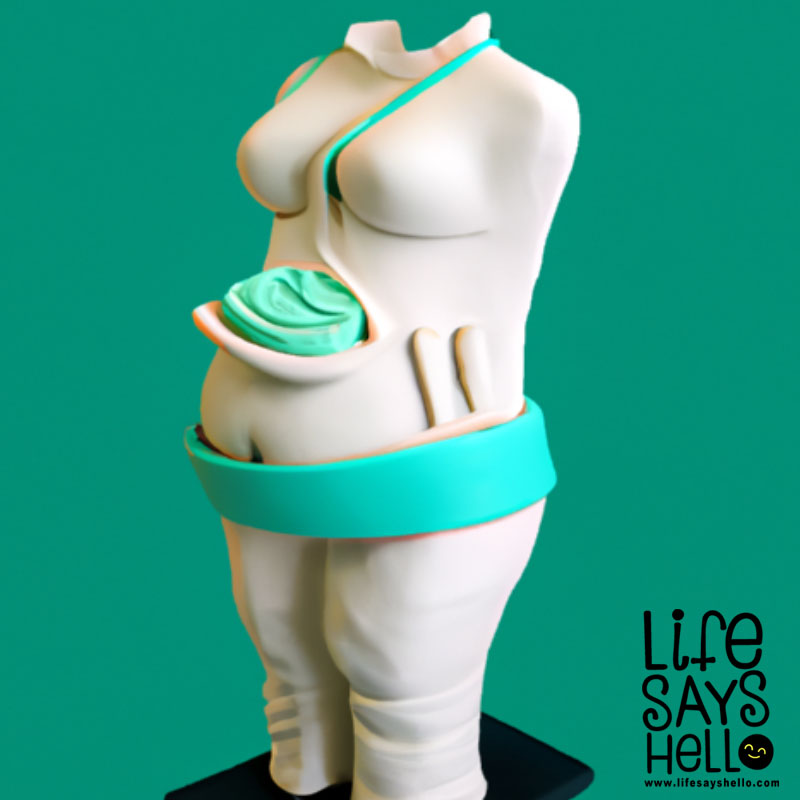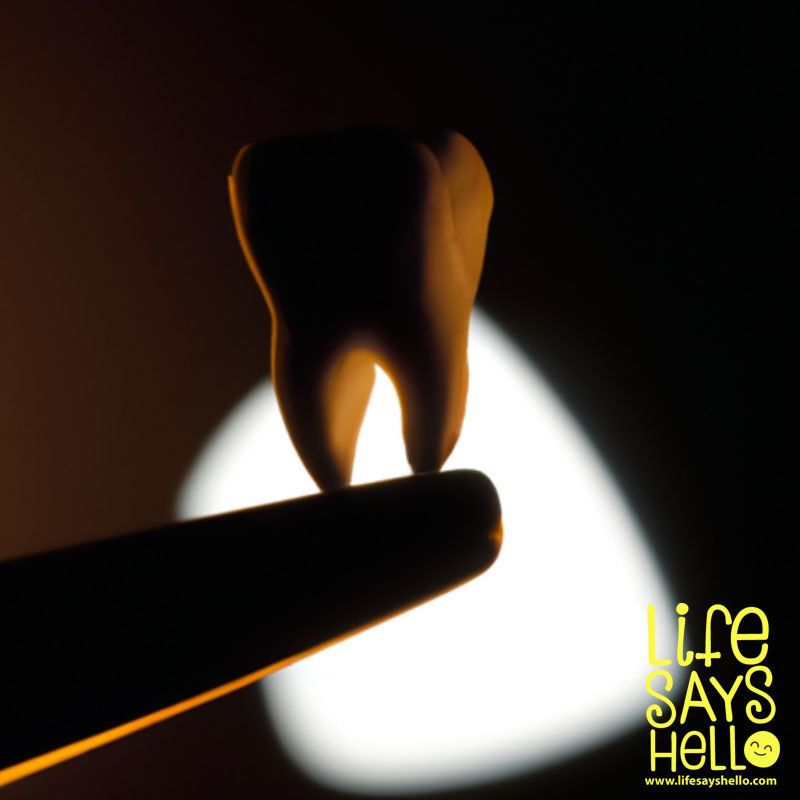Why Is My Urine Cloudy? 7 Common Causes and How to Find Relief

Has your urine seemed cloudier than normal lately? Finding cloudy pee in the toilet bowl can be alarming, but in most cases it’s not a cause for concern.
Cloudy urine is typically harmless and goes away on its own. But sometimes it could point to an underlying medical condition that needs treatment.
In this article, you’ll learn what makes urine appear cloudy and discover the 7 most common reasons it happens. I’ll also share tips to find relief and make your pee clear again.
What Does Cloudy Urine Mean?
Normally, urine should have a pale, straw-like color. That’s because it’s over 90% water. The rest is made up of waste products that your kidneys filter out of the bloodstream.
These waste products, like urea and uric acid, are water-soluble. So they remain dissolved in the urine and don’t cloud it up.
But when certain substances get concentrated in the urine, they can become insoluble and create cloudiness.
For instance, cloudy urine with sediment or particles suspended in it is a sign of higher mineral levels. The most common cause is phosphates, which make urine cloudy as they crystallize.
Cloudiness without any sediment can also happen. Infections, STDs, dehydration and other issues can make proteins and pus accumulate in the urine. The more concentrated they become, the cloudier urine will seem.
While alarming, cloudy urine is usually not serious if it’s temporary. But frequent or persistent cloudiness could indicate an underlying problem needing treatment.
7 Common Causes of Cloudy Urine
What might be turning your pee cloudy? Here are 7 of the most common culprits.
1. Urinary Tract Infections (UTIs)
One of the top reasons for cloudy urine is a urinary tract infection. UTIs happen when bacteria enter the urinary tract and multiply.
The most common UTI symptom is a persistent urge to pee, even though not much comes out when you go. Burning, stinging or pain while urinating is also common.
You may notice foul-smelling urine that looks cloudy, reddish or pinkish if blood is present. There could also be tenderness in your lower abdomen.
UTIs can affect the urethra, bladder, ureters or kidneys. Women get them more as their urethras are shorter. Sexual activity and wiping back-to-front can introduce bacteria.
To treat a UTI, your doctor will likely prescribe antibiotics. Be sure to finish the entire course even after symptoms improve to prevent recurrence. Stay hydrated and urinate frequently to flush out bacteria.
See a doctor promptly if UTI symptoms don’t improve within a few days. Kidney infection is possible if the bacteria spread.
2. Dehydration
One simple reason for cloudy urine is not drinking enough fluids. When you’re dehydrated, less water passes through the kidneys to dilute the waste products.
Concentrated urine allows more mineral crystals and other substances to come out of solution. So it takes on a cloudier, darker yellow appearance.
Aim for 6-8 glasses of fluids daily, mostly water. Increase your intake if you sweat heavily, exercise, live in a hot climate, or are ill. Sweetened drinks like juice can worsen dehydration.
Besides cloudy urine, other signs of dehydration include dry mouth, decreased urination, headache, dizziness and fatigue. Children and elderly are at higher risk.
3. Kidney Stones
Cloudy urine with pain in your back or lower abdomen could mean there’s a kidney stone on the move. These are mineral and salt deposits that form in the kidneys and travel down the urinary tract.
Smaller stones may pass naturally in the urine. You’ll feel pain as they travel through the ureters. Larger ones can get lodged and block urine flow, requiring surgical removal.
Kidney stones are more common in those who don’t drink enough fluids, are obese, or eat a diet high in sodium, animal protein and sugar.
See a doctor if you suspect a kidney stone. You may need pain relievers, lithotripsy shock wave treatment, or a procedure to remove the stone. Drink lots of water daily to help prevent more from forming.
4. Sexually Transmitted Infections (STIs)
Some STDs like chlamydia and gonorrhea can cause cloudy urine with an unusual odor or color. This happens when infectious discharge mixes in the urine.
Pain or burning during urination are common STI symptoms. There could also be lower abdominal pain, bleeding between periods, and pain during intercourse.
Left untreated, STIs can spread to the uterus and fallopian tubes in women, causing pelvic inflammatory disease. In men, they may lead to epididymitis inflaming the testicular tubes.
See a doctor right away if an STI is suspected. Your partner will also need treatment to prevent reinfection. Antibiotics can clear up most common STIs.
5. Diabetes
Frequent cloudy urine could be a sign of uncontrolled diabetes as excess sugar builds up in the blood and spills into the urine. This extra glucose pulls more water into the urine, giving it a cloudy look.
Other diabetes symptoms include increased thirst and urination, weight loss, fatigue, blurred vision, slow healing cuts/sores, and tingling hands or feet.
See your doctor to get blood sugar levels tested. Bringing high blood glucose under control, through insulin therapy or other treatments, should resolve the cloudy urine.
Make dietary changes to avoid sugary foods, reduce carbohydrates, and eat more fiber. Check urine regularly to ensure it returns to a clear color.
6. Dietary Causes
Sometimes, cloudy urine results from eating foods that contain certain minerals or chemicals your kidneys must filter out.
For instance, foods high in phosphorus like milk, yogurt, beef, poultry, fish, nuts, beans and sodas can cause cloudy urine as excess phosphates pass through.
Eating asparagus causes a pungent urine odor in some due to sulfur compounds. Certain B vitamins can also turn urine a bright yellow. Laxative abuse or heavy metal exposure leads to cloudy urine too.
Limit foods known to affect your urine, and stay hydrated to dilute the concentration. See a doctor if cutting back on dietary culprits doesn’t help.
7. Chemotherapy Medications
Cancer patients undergoing intravenous chemotherapy often deal with cloudy urine as a side effect. The powerful drugs damage kidney tubule cells that reabsorb water.
This makes the kidneys less efficient at concentrating urine. So more water remains in the urine, giving it a diluted, cloudy appearance.
Staying hydrated, urinating when the urge strikes, and completing the chemotherapy regimen as prescribed can help minimize this temporary side effect.
When to See a Doctor About Cloudy Urine
Cloudy urine is usually nothing to worry about if it’s an isolated incident. But see your doctor if you notice:
- Persistent cloudy urine for more than 2-3 days
- Frequent or urgent need to urinate
- Pain or burning when you pee
- Fever, chills, fatigue or abdominal pain
- Foul-smelling, bloody or dark urine
- Back/flank pain that won’t go away
These could indicate an infection, kidney stones, diabetes or other medical condition requiring treatment.
Catching issues early is key, as UTIs can spread to the kidneys if left untreated. Kidney infections are more serious and require hospitalization.
Seeking prompt treatment also prevents complications of undiagnosed STDs, diabetes and other conditions.
How to Treat Cloudy Urine at Home
For temporary cloudiness with no other symptoms, try these home remedies:
Drink more water - Increasing your fluid intake dilutes the urine so contaminants don’t get as concentrated. This also flushes bacteria from the urinary tract.
Take vitamin C - Vitamin C supplements make urine more acidic. This discourages bacterial growth and makes it harder for minerals to crystallize.
Avoid certain foods - Cut back on foods and drinks known to irritate the urinary tract or change urine color/smell. These include alcohol, coffee, artificially colored foods, and high-phosphorus foods.
Wipe front-to-back - Always wipe from front to back after using the toilet to avoid spreading bacteria from the anus to the urethra, which can cause UTIs.
Urinate after sex - Pee as soon as possible after intercourse to flush out any bacteria introduced into the urethra during sex.
Take prescribed antibiotics - Finish the entire course of any antibiotics to fully resolve a UTI or STD even if symptoms improve sooner.
Have regular checkups - Get annual physicals so your doctor can check for urinary problems. This allows early treatment of potential issues before they worsen.
Improve bathroom hygiene - Keep bathrooms clean, and always urinate in clean toilets to avoid exposure to bacteria.
When Cloudy Urine Signals Something Serious
While typically harmless, cloudy urine could sometimes indicate a more serious medical condition requiring prompt medical care.
Kidney Infection
If a UTI spreads to the kidneys, it can cause a kidney infection or pyelonephritis. Symptoms may include cloudy or bloody urine, high fever, chills, nausea, vomiting and flank pain.
Kidney infections can permanently damage the kidneys and are considered a medical emergency. Seek immediate treatment with intravenous antibiotics to avoid complications like sepsis.
Interstitial Cystitis (IC)
This chronic bladder condition causes pelvic pain, increased urinary frequency and urgency, and urine that may contain cloudy sediment. IC is thought to involve inflammation affecting the bladder wall.
See a urologist for diagnosis via cystoscopy. Treatment aims to relieve pain and urinary symptoms, prevent flare-ups, and treat any underlying causes.
Glomerulonephritis
This inflammation of the kidney’s filtering units can cause cloudy, smoky, or bloody urine with foam on top. Other symptoms are high blood pressure, edema, fatigue, and loss of appetite.
It may be caused by infections, autoimmune disorders, kidney injury, or other conditions. Glomerulonephritis requires treatment to prevent kidney failure.
Prostatitis
Cloudy urine with pelvic pain and discomfort may result from inflammation of the prostate gland. It can be triggered by bacterial infections or non-infectious causes.
See a urologist to determine the type of prostatitis and appropriate treatment with warm baths, antibiotics, pain relievers, and stress reduction.
Kidney Cancer
Although rare, kidney cancer can initially cause cloudy or bloody urine in its early stages before any tumors are detected. Flank pain, fatigue, weight loss, fever and anemia may also occur as symptoms worsen.
Catching kidney cancer early is crucial, so always get evaluated if you have persistent cloudy urine with other troubling symptoms.
The Takeaway on Cloudy Urine
Finding cloudy urine once in a while is normal and not concerning in healthy people. But frequent cloudiness, especially with other symptoms, deserves a trip to the doctor.
Try simple home remedies like drinking more water and taking vitamin C. And avoid dietary triggers that could be irritating your urinary tract.
See a doctor promptly if cloudy urine persists or you have discomfort when peeing, fever, abdominal pain, or other troubling symptoms.
Catching issues like UTIs, kidney stones, STDs, and diabetes early is crucial to prevent complications. With proper treatment, cloudy urine often clears up quickly once the underlying problem is resolved.




Comments